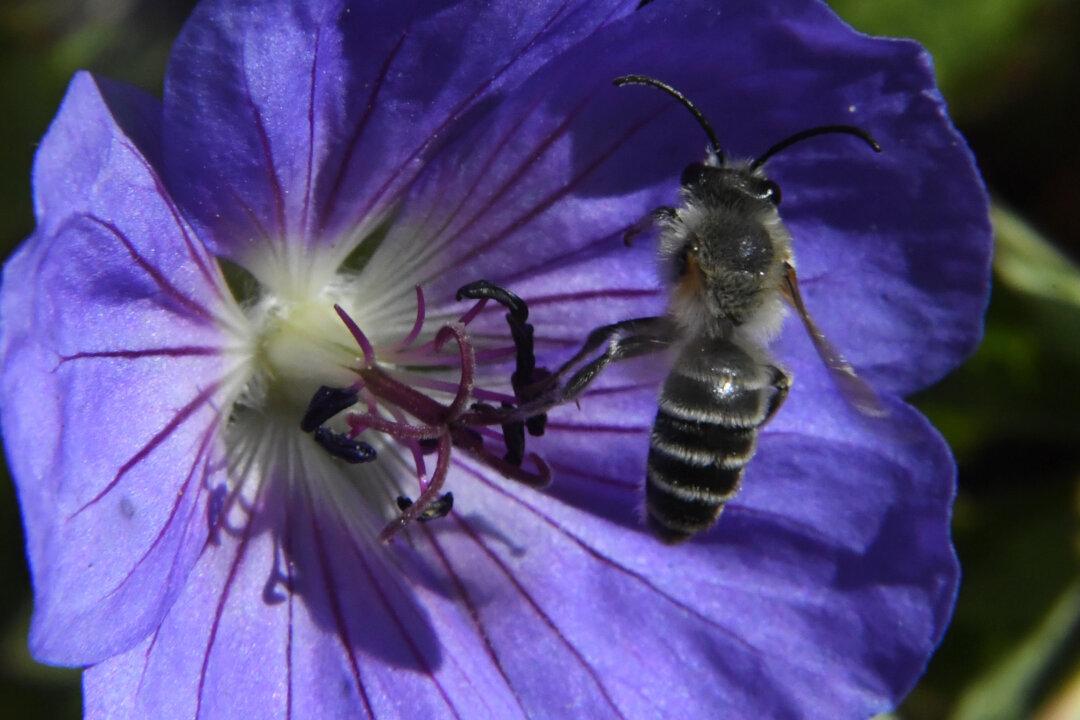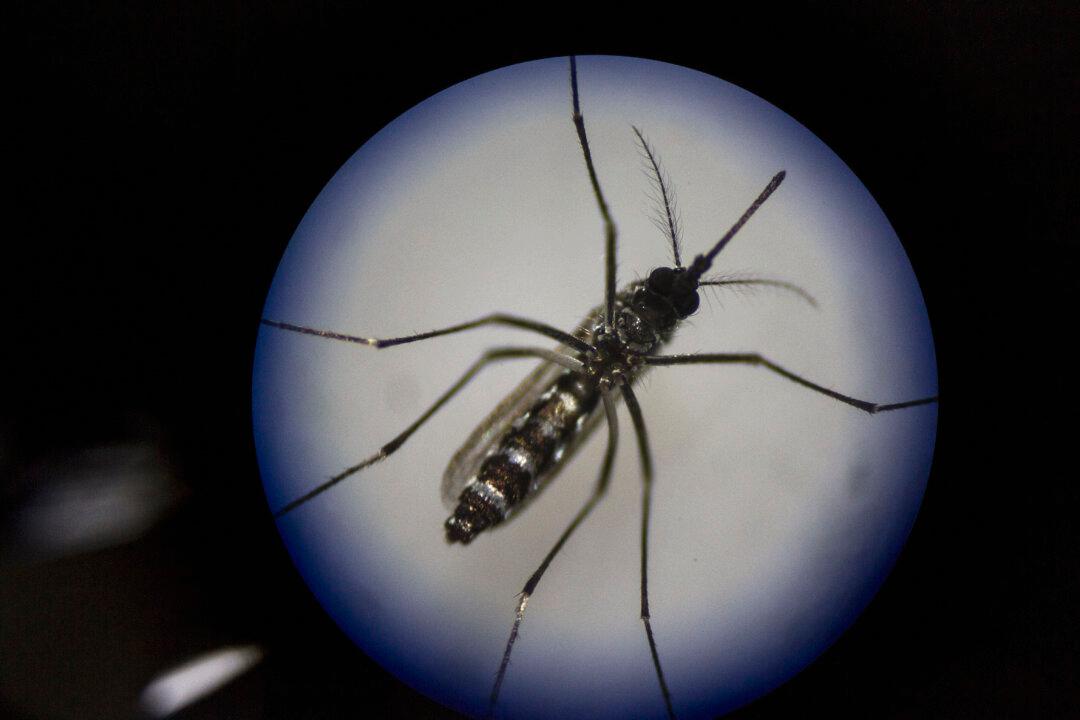This summer has seen the return of dolphin strandings en masse along the Eastern Seaboard. Like in the summer of 1987, when 740 Atlantic bottlenose dolphins washed ashore from the Florida Keys to the Jersey Shore, 120 dolphins have so far followed the same eerie path to strand and perish.
The difference between the two summers of dead dolphins is night and day. Back then no one knew the cause of the strandings. Back then marine experts believed, while media hysteria amplified the deaths as being related to ocean pollution. Back then hospital waste that washed up on the beaches of New York and New Jersey, with discarded hypodermic needles sticking out of the sand became the lasting image.
I remember that summer quite well. I lived in South Jersey and went to Long Beach Island every weekend for sun, surf, and sand. I didn’t see any strandings, but heard of two that occurred in Beach Haven during the weekdays. Members of the Marine Mammal Stranding Center removed those mammal carcasses, which is located south of Long Beach Island in Brigantine, New Jersey. While working in Philadelphia during the week, I felt the Philadelphia Inquirer had been lame in its non-coverage of the mounting ecological disaster—especially since it appeared pollution would be implicated in the dolphins’ deaths.
So like a transplant New Yorker that I was, I picked up the phone and spoke to journalist Mark Jaffe. Catching him off guard, I complained, loudly.
Mr. Jaffe got the message. The good sport that he was in taking my verbal barrage, within a day or two of that call the Philadelphia Inquirer published its first article on the dolphin strandings on July 30, 1987. From that point forward, the newspaper’s coverage became the best in the region; and it didn’t wane until the epidemic had run its course by late September. But it would take another eight years, in 1995, for scientists to discover the true cause of why the dolphins had died.
It wasn’t manmade pollution or hospital waste. The trigger was a natural virus, akin to human measles, that hits the Atlantic bottlenose population about every other generation. The last mass event occurred more than a quarter of a century ago. With dolphins in the wild living between 15-20 years, or about five-plus years less than domesticated dolphins, which are fed, have their teeth brush (I kid you not), and receive full medical checkups and treatments for ailments, the measles virus had pretty much skipped a generation like clockwork.
Human-Like Measles as the Culprit
The morbillivirus attacks aquatic mammals. Perhaps that’s nature’s way of thinning out Darwin-weak animals from the herds. Like pruning trees of seemingly healthy branches, the virus’ trimming aids the Atlantic species in their long-term survival.
That’s what I learned when I visited the Marine Mammal Stranding Center in the late 1990s. There, I met Bob Schoelkopf, who after 35 years of founding the non-profit sea mammal center in 1978—he’s still it’s director—he showed me the operating room where he, biologists, veterinarians, and volunteers treat sick and wounded sea mammals. The same room doubles to perform necropsies—animal autopsies—as has been the case this summer with many dead dolphins being picked off the beaches of New Jersey and transported back to the center to determine the cause of death.
With the measles-family morbillivirus as the likely culprit, the question that remains for the last month of summer 2013 will be how high will the final death toll rise? Will it be twice as many as the 120 deaths that have been recorded to date? Half that number? Either way, it appears this episode of the virus’ return will be less harmful than it was in 1987. And less mysterious, too. Let’s hope so.
For more information on the Marine Mammal Stranding Center: http://www.marinemammalstrandingcenter.org/




